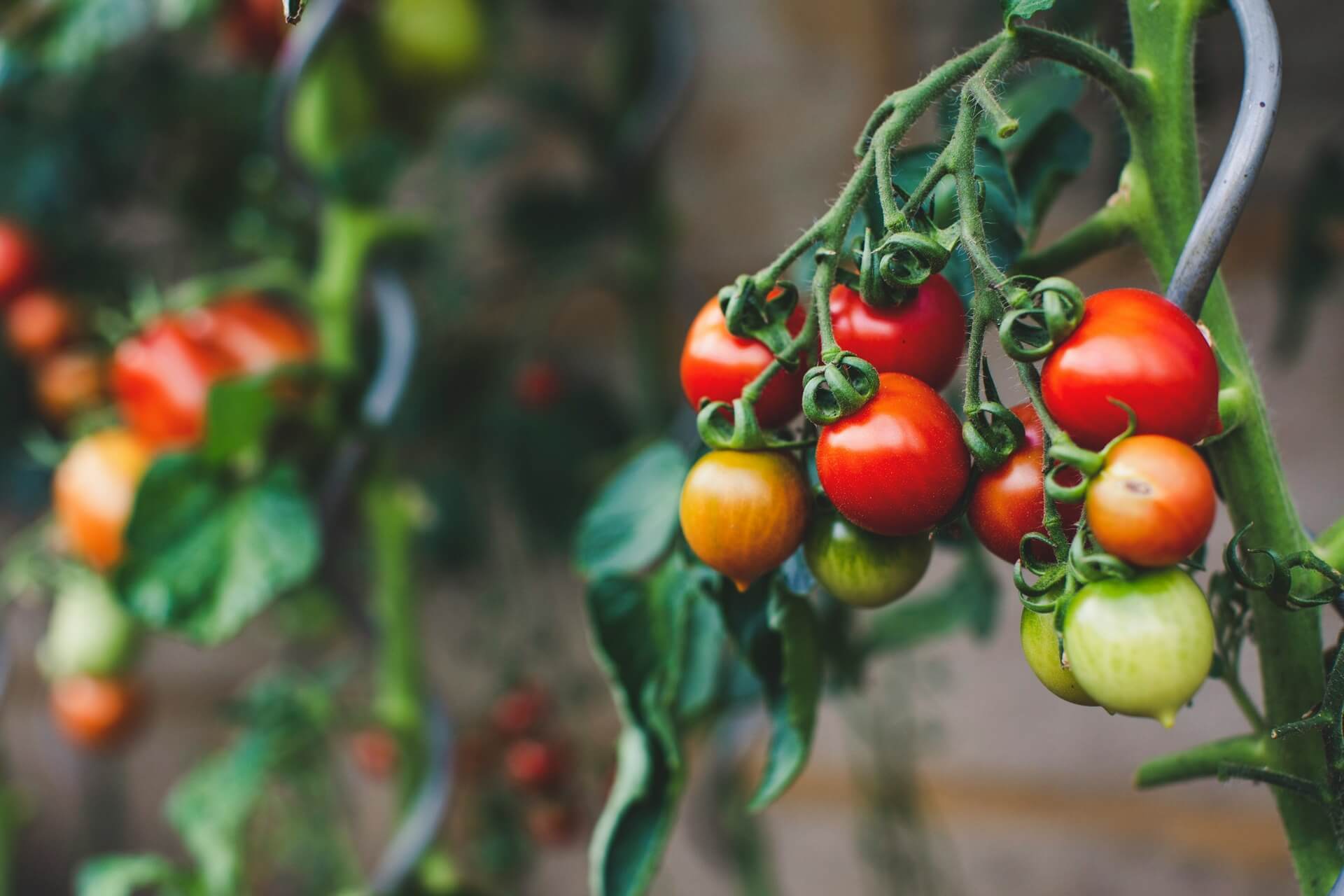
Biotechnology of Plants: Using Nature’s Inspiration to Improve Human Life
August 25, 2022 - Emily Newton
Revolutionized is reader-supported. When you buy through links on our site, we may earn an affiliate commission. Learn more here.
Biotechnology is an incredibly broad field of scientific study even before you add the Plant Kingdom into the mix. From developing stronger building materials to growing pest-resistant crops, there are abundant ways to either borrow biological characteristics and add them to our inventions, or make changes to existing organisms to better serve human needs.
Here are some of the major ways the biotechnology of plants is improving products, boosting human health, and improving the ways we use Earth’s finite resources. But first: what precisely is biotechnology?
What Is Biotechnology?
Often referred to by the abbreviated name “biotech,” biotechnology is a region of science that combines biology with chemistry and engineering. In simplest terms, it’s where humans mimic or alter living biological processes or organisms to create a new product or improve an existing one.
There is some overlap between this pursuit and several others, including bioengineering, molecular biology, and nanotechnology. When most people refer to biotechnology, they’re referring to the genetic modification of crop organisms, although there are many potential applications, which we’ll get to.
Some of the forms biotechnology may take include the following:
- Modifying the genetic code of an organism
- Breeding new organisms to serve a purpose
- Using organisms as-is to provide a function
- Creating a material or mechanism that mimics a biological process
There are, naturally, concerns about the implications of biotechnology — especially technologies boasting the capability to alter naturally occurring organisms’ genetic codes. In this heady philosophical brew are stem-cell research, human cloning, and biological warfare.
Types of Biotechnology
Interestingly, the branches of biotechnology are named after colors. Each discipline concerns a different way in which natural biological processes and organisms may be used or adapted for human purposes. Here is a selected list of some of the major types of biotechnology:
- Green biotechnology: These are applications involving the adaptation or creation of crops to become drought-, pest-, and even hail-resistant. Also involves the development of environmentally friendly technologies inspired by nature.
- White (or gray) biotechnology: Concerns the discovery and development of new fuels and chemicals for use in transportation, energy, and manufacturing.
- Red biotechnology: This area of biotechnology involves human health. Scientists in this field experiment with new drugs, stem-cell research, and organ- and tissue-regrowing techniques.
- Blue biotechnology: Blue biotechnology concerns aquatic environments, such as reefs and fisheries. One major area of inquiry is cost-effective control techniques for water-borne pests and diseases.
One final type of biotechnology is known as “dark” biotechnology. This is the area that captures most of the aforementioned controversy. It involves technologies that could see use in biological warfare and those that involve tampering with the human genome through cloning or direct manipulation.
Examples of Biotechnological Applications
What about some practical examples, though? Here are some other ways biotechnology is developing and expanding human possibilities using nature as inspiration:
- Find cures for diseases
- Unlock the secrets of cell biology
- Develop vaccines to prevent illness
- Improve the efficiency of biomass, solar, and wind-energy installations
- Use fermentation to create new foods and beverages
- Make manufacturing cleaner and less wasteful
- Make food and beverage products more nutritious
- Invent new types of fuels and batteries
- Create crop organisms that can withstand harsh conditions and pests
Now, let’s go into more detail about the benefits of biotechnology — especially the biotechnology of plants.
Modifying Foods to Improve Them
The possibilities for genetically modified organisms (GMOs) to feed a growing human population on a planet with finite resources are becoming more widely known. GMOs remain a contentious topic, but they’re a branch of biotechnology with far-reaching benefits.
One of the main ones is the potential to eliminate some of the less-desirable characteristics of the plants we use for food. For instance: modifying amino-acid sequences in soybeans and peanuts can reduce their allergenic effect on vulnerable members of the population.
Other examples of this kind of biotechnology in plants include removing glucosinolates, glycoalkaloids, and mycotoxins in canola meal, potatoes, and corn, respectively. It’s even possible to create coffees without (or with very low) caffeine without the costly and time-consuming process of chemical extraction.
It’s estimated that 80% of food products on the market today contain some amount of genetically modified organisms, meaning biotechnology is already making an impact in our lives in a big way.
Making Manufacturing More Efficient
It’s past time to make humanity’s far-reaching supply chains more efficient and as waste-free as possible. Biotechnology provides many fascinating possibilities through which this may be accomplished, including through the manipulation of biocatalysts and enzymes in chemical, paints and finishes, biomedical, and other manufacturing environments.
The Biotechnology Innovation Organization claims the following advantages are possible when turning biotechnology toward improving the manufacturing industry:
- Chemical manufacturing could become 80% more streamlined.
- Some cleaning processes could be performed at lower temperatures, saving over $4 billion annually on energy costs.
- General-purpose manufacturers could see 50% operational cost savings through greater process efficiency and less water usage.
- All industrial sectors could cut their greenhouse gas emissions by more than 50% through the use of lower-impact fuels.
- Manufacturing plants and distribution hubs could come close to eliminating their ecological footprint by using advanced recycling processes and biomass reactors.
Inventing Unique or More Versatile Building Materials
Biotechnology may even involve the mimicry of natural processes using new or deliberately selected materials throughout the built environment.
One timely example is the sequestration of concrete. Certain natural formations such as forests and permafrost are naturally prolific at filtering carbon dioxide out of the atmosphere and sequestering it — along with other greenhouse gases — in natural areas, where they cannot enter the atmosphere.
Construction engineers are excited about the potential to use bio-engineered concrete to sequester carbon dioxide in a similar fashion. It could be a game-changer for construction and especially for concrete and cement production, which are famously carbon-intensive. Offsetting some of the carbon costs of expanding the built environment ever outward would be a welcome addition to the construction sector.
There are tons of other exciting breakthroughs based on the biotechnology of plants, as well. More and more builders are using bioengineered building materials using waste products or fast-growing resources, like bamboo and cork.
Bioengineered insulation is also a quickly growing industry, with highly effective insulation products increasingly making use of mycelium and other fungi in place of products that use vast amounts of plastic, glass, or petroleum.
When 8% of global greenhouse gas emissions can be traced to brick-making alone, it’s clear that a change is due among the builders of the world. The biotechnology of plants is making for a greener, less wasteful, and much more eco-friendly construction industry.
Biotechnology Is a Game-Changer Everywhere
From medical advancements, vaccines, and nanotechnology to more sustainable paints, cleaner manufacturing processes, and renewable building materials, nature’s inspiration can help us improve so many aspects of human life. Where will the biotechnology of plants, animals, and biological processes take us next?
Revolutionized is reader-supported. When you buy through links on our site, we may earn an affiliate commission. Learn more here.
Author
Emily Newton
Emily Newton is a technology and industrial journalist and the Editor in Chief of Revolutionized. She manages the sites publishing schedule, SEO optimization and content strategy. Emily enjoys writing and researching articles about how technology is changing every industry. When she isn't working, Emily enjoys playing video games or curling up with a good book.







